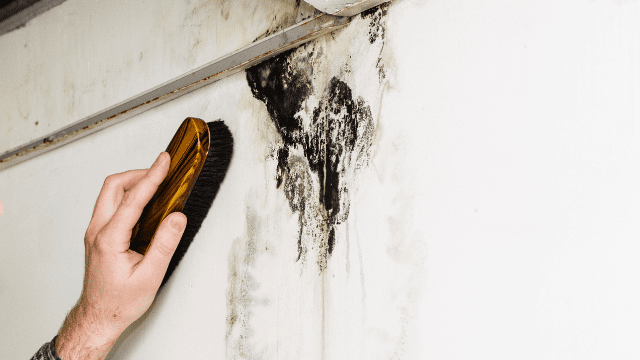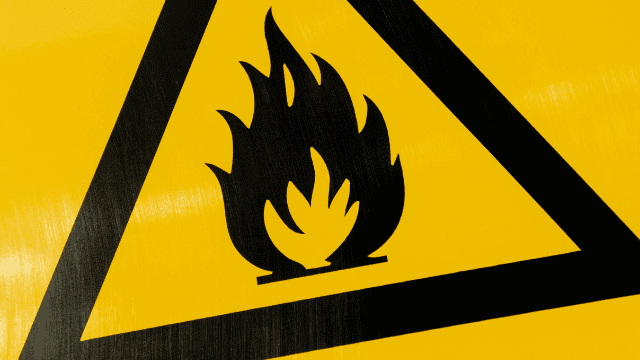Everyone hates molds. Be it in our homes, workplace, or any other place that we go to, the sight of molds brings disgust that we just want to get rid of them right away. But more than being an eyesore, the harm molds pose to our health cannot be set aside. Mold removal is a must as soon as mold growth is detected in any part of a house or building. In this blog, we will talk about how to best stop molds from building up.
What are molds?
Molds are microscopic organisms that belong to the Fungi kingdom. A part of the natural environment, molds play an important role in the ecosystem. They help supply food and nutrients to organisms of other kingdoms. They are the decomposers and recyclers in which, without them, the food web will be incomplete.







